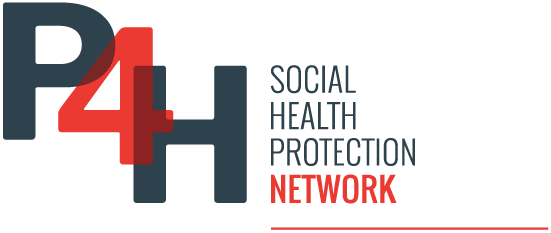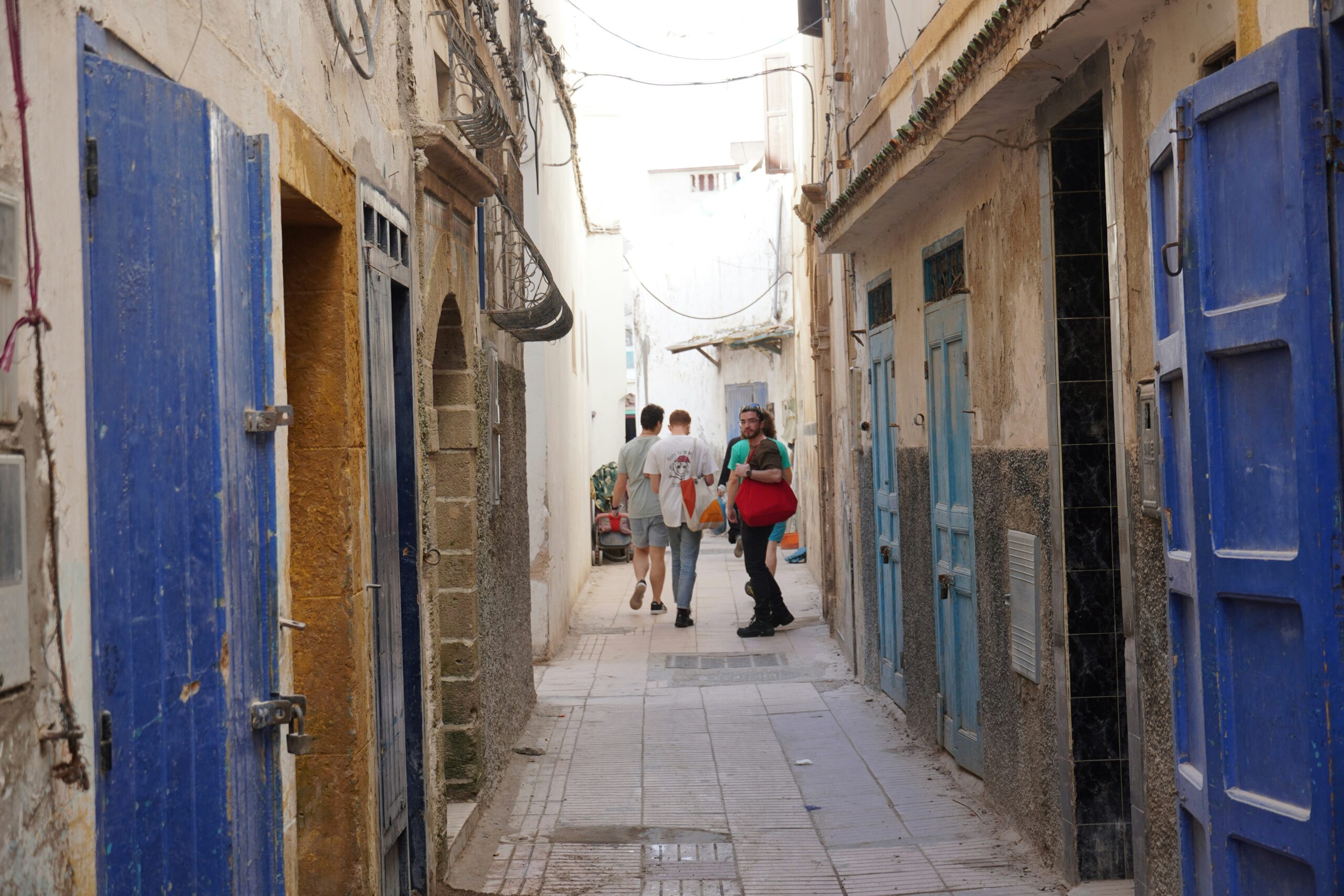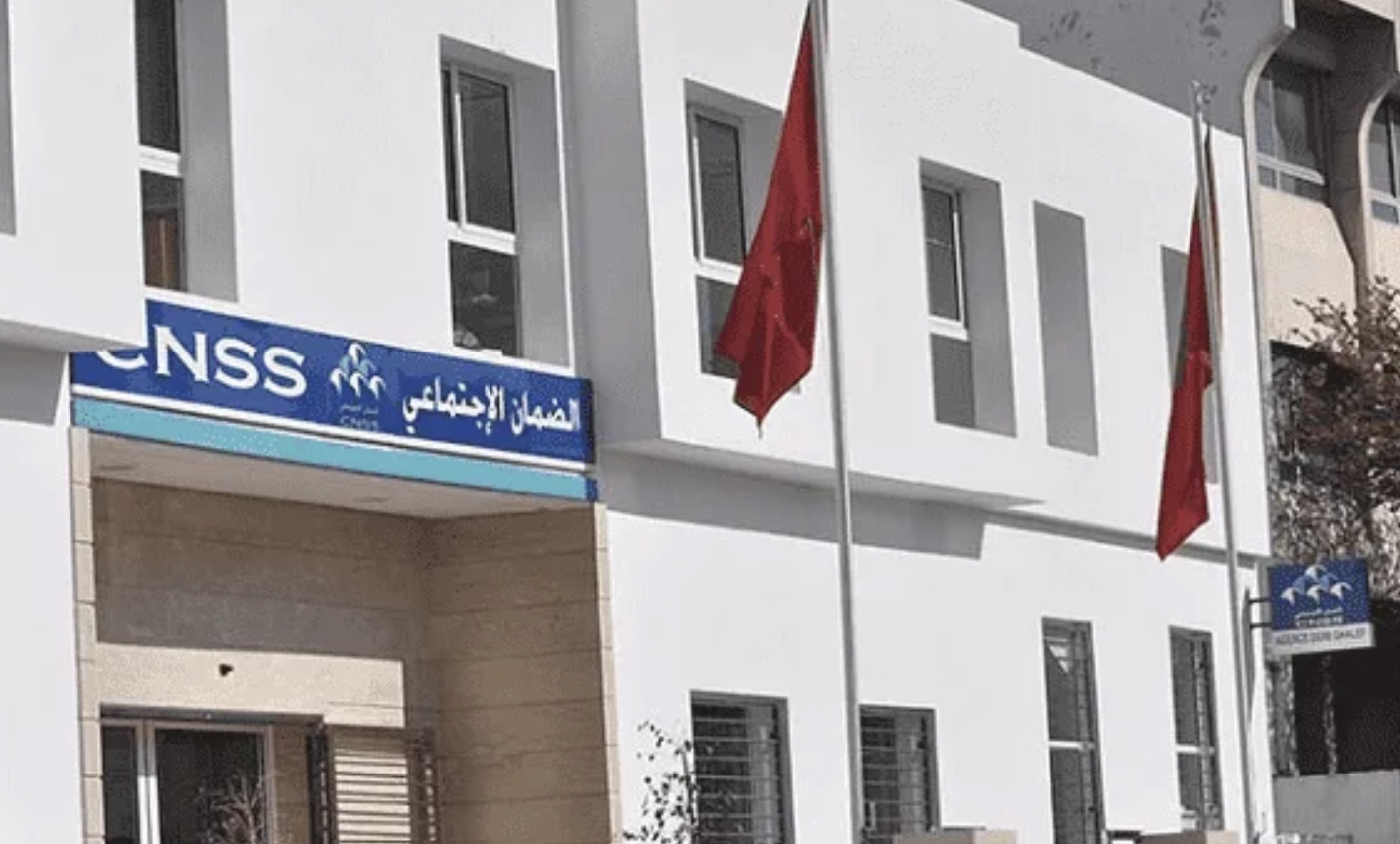Bank Al-Maghrib’s study reveals that despite Morocco’s 85 percent health coverage, households still pay 38 percent of health costs—well above global standards. Fragmented schemes and high out-of-pocket expenses strain families. The report urges reforms to enhance access, reduce costs, and assess broader macroeconomic and behavioral impacts of social protection.
A new study by Bank Al-Maghrib (BAM) highlights significant shortcomings in Morocco’s social protection system, arguing that health coverage expansion has not translated into effective financial protection for households. Although Morocco’s health coverage rate surpassed 85 percent in 2022, families still finance 38 percent of total health spending, well above the World Health Organization’s recommended 25 percent threshold and the regional average of 26 percent. This reflects persistent structural imbalances and inequality across Morocco’s fragmented health insurance system, which comprises AMO-CNSS for private workers, CNOPS for public employees, AMO-Tadamon for vulnerable citizens, AMO-Achamil for voluntary participants, and various private schemes.
Despite expanded enrollment, out-of-pocket spending reached 31 billion dirhams in 2022—about 848 dirhams per person—straining low-income and rural households and limiting their spending on essentials like food, housing, and education. BAM’s research also explores how health insurance influences household financial behavior, finding that coverage reduces precautionary savings as insured families reallocate income toward daily consumption or long-term investments. While this shows increased economic confidence, the central bank warns that declining national savings could undermine financial stability, dampen investment, and weaken resilience to shocks.
BAM calls for a holistic assessment of social reform impacts that goes beyond enrollment statistics to examine real household spending and economic behavior. The report recommends integrating these behavioral patterns into macroeconomic policymaking and prioritizing quality, accessibility, and affordability of care. It concludes that effective health protection requires reducing out-of-pocket costs, improving service equity, and aligning Morocco’s social ambitions with its citizens’ economic capacity.




